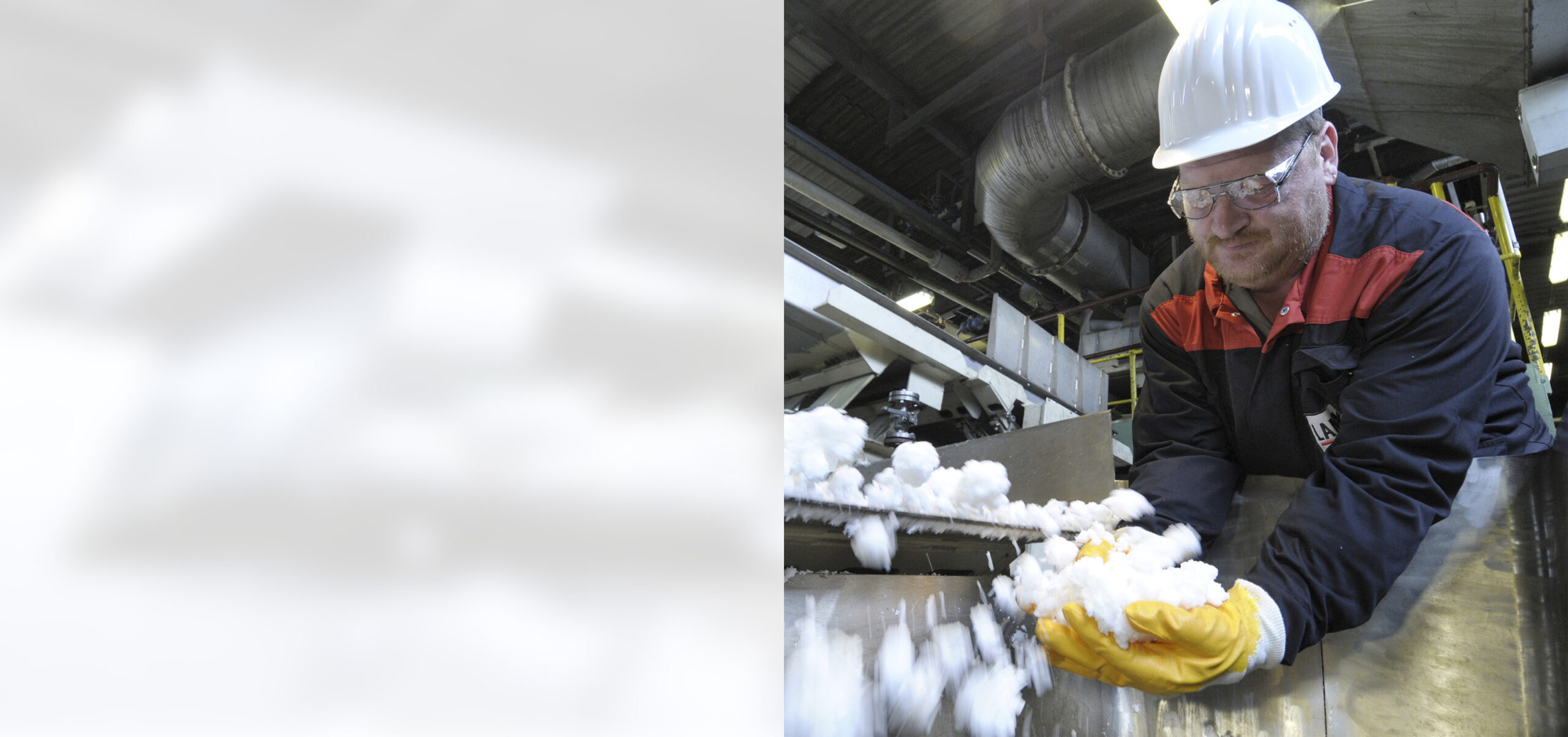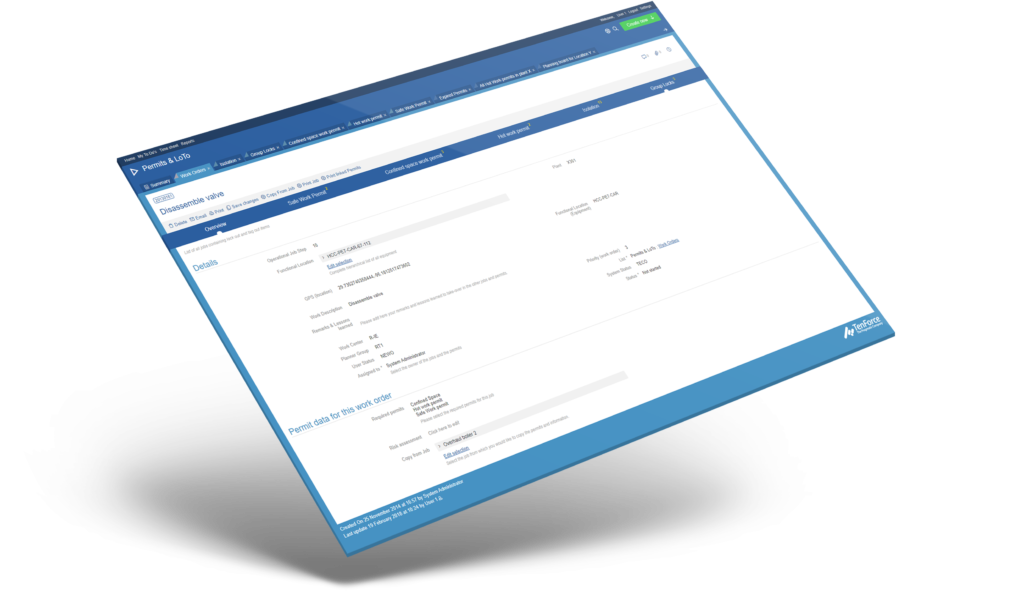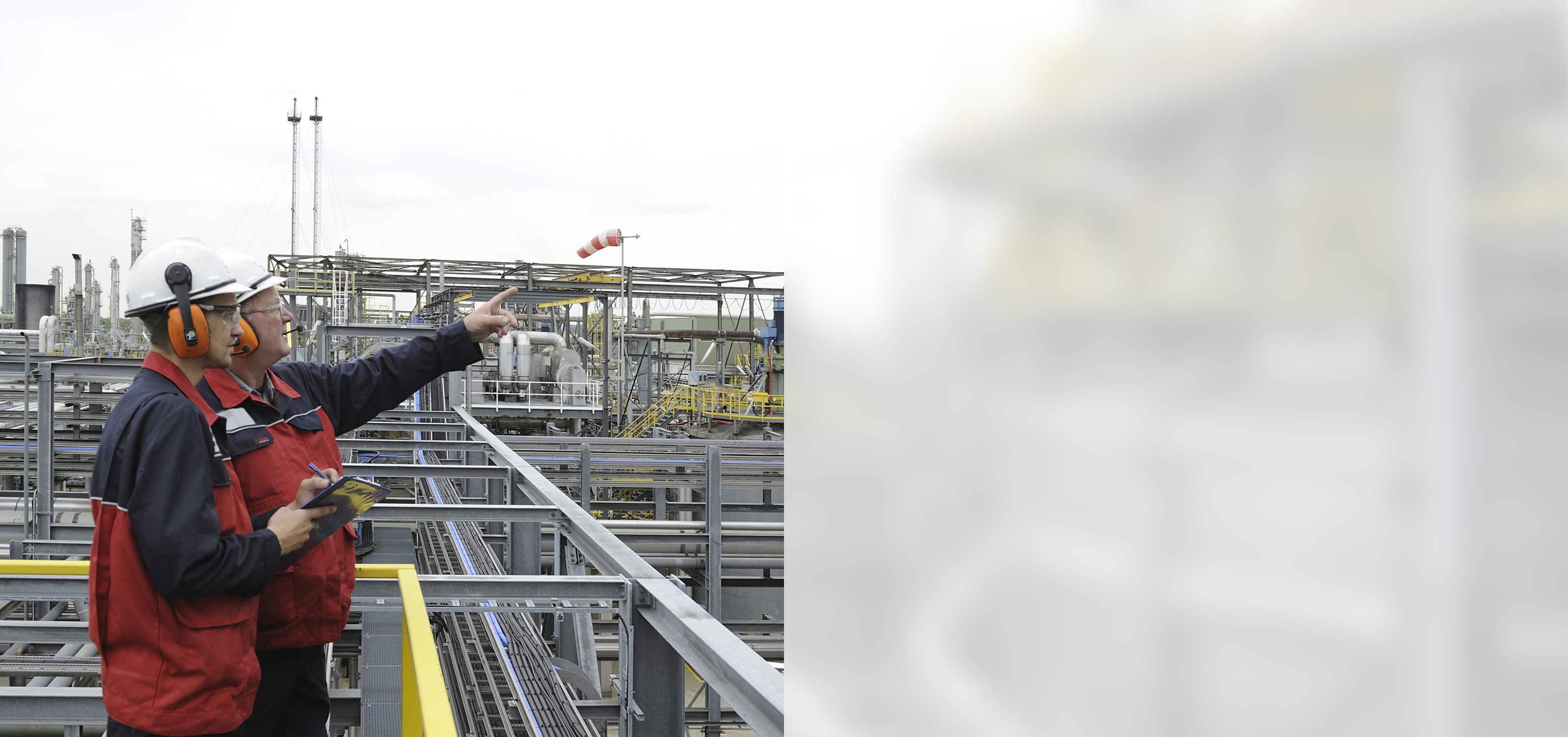ARLANXEO Eliminates Paper Mill and Manual Work with Automated Permits to Work
Arlanxeo (previously known as Lanxess Rubber) turns gases into synthetic rubber for the rubber processing industry. 95% of the potential annual output of 155 kiloton ends up as high-performance tire applications. But you’ll find Arlanxeo’s butyl rubber also in athletic shoes or chewing gum. Permits to work (PtW) are vital to their daily operations. They safeguard the production cycle and increase the employee safety on site. Until recently, they were also too much of a burden, creating a substantial paper trail with no possibility to look further than the next day’s workload.

Arlanxeo Belgium (part of Lanxess)
LOCATION
Zwijndrecht, Belgium
EMPLOYEES
350
PRODUCT
butyl rubber
HAZARDOUS MATERIALS
upper limit in Seveso guidelines
2011: Snapshot of a regular working day at Arlanxeo
The afternoon shift identifies the work to be done the following day. The night shift prepares the Permits to Work on paper. The morning shift signs off on the permit and goes to work. However actionable and efficient this simple working method looks like at first glance, it has numerous downsides. To name just a few:
- Writing by hand is slow;
- Permit prepared with limited and scattered information;
- No uniformity in methodology between shifts;
- Little to no communication;
- Lack of short and long-term planning;
- Risk of human error preparing the permits.
As a result, efficiency and safety suffer. Conflicts in scheduling surface the moment the work is due. Human error occurs because not everybody has access to the same information. This leads to avoidable incidents between co-workers. The morning shift disagrees with the night shift who prepared the permit, which causes delays in the work schedules. Employees are put at risk. In short, a situation Arlanxeo wants to improve dramatically.
The most important goal is to be able to look further ahead. Instead of knowing today what must be done tomorrow, we should plan for next week. And beyond. Thus, we become more efficient.
TOM VAN BROEKHOVEN
(FORMER) ARLANXEO PRODUCTION MANAGER
A serious upgrade in communication and planning is the key to a more efficient permit workflow. Keeping an earlier and not so successful attempt to introduce an electronic workflow in mind, Arlanxeo translates their needs into four clear goals. What the new project must do, is:
- eliminate manual writing;
- make all information available to everyone;
- unify work methods between departments and shifts;
- increase planned maintenance work.

We are well aware of the next steps, but we want to keep the process as manageable as possible. So, we take one step at a time.
Bruno De Smet
IT MANAGER, ARLANXEO
2012: Arlanxeo teams up with TenForce to introduce electronic Permits to Work
Critical to success #1: Tackling the resistance to change
Whatever tools and technology could bring resolution, both Arlanxeo and TenForce understand it is key to have the employees embracing the evolution. Drastic changes are therefore out of question (read: postponed) – even if they contribute to future efficiency.
From the earliest stages, the end-users are involved. Even now – five years later – employees from different departments are working together to ensure a continued state of the art result.) The lay-out of the electronic permits, is kept identical to their paper predecessors to emphasize this is an evolution and no revolution. Although the terminology could use an update, this is postponed keeping every change as familiar as possible. Even the way each permit is prepared and signed off on, remains identical.
When the application is launched, less than a year after the start of the project, it takes barely one day of training to get all employees on board.
Critical to success #2: tailor made technology, up and running in less than a year
Arlanxeo purchases the software development license of TenForce’s Permits & Isolation application. This enables an Arlanxeo IT-specialists, backed by a TenForce team, to build a fully personalized company tool. Of course, Arlanxeo can rely on TenForce for every kind of support. The whole project takes 5 months of analysis and 6 months of programming.
With this technological co-creation, Arlanxeo’s previously inefficient permit work challenge is tackled. Not much later, the web-based tool is extended and also used for incident and audit management.

Arlanxeo, 2017 and beyond
TenForce’s application not only replaces the paper permits, it increases process safety and efficiency too. During a manufacturing event among peers, Arlanxeo sums up some of the benefits the company is experiencing daily since the application has been up and running:
- Less time is spent creating and approving permits;
- Standardized and pre-set permits leave no room for human error. Ergo: a significant decrease of incidents;
- The number of registered permits doubled in one month, to an average of 1500;
- All information is centralized for all to see;
- The application is easily connected with the work order system;
- Employees use the application to communicate on permits and ask each other questions to find the best solution;
- Every user sees which tasks are assigned to him and confirms when something is done, which drives efficient management and creates a clear overview;
- All permits are prepared in time and everything is logged in detail. Loopholes and gaps are closed.
If we were to announce tomorrow that we need to go back to the former methods, we would only meet resistance.
WIM BIEBAUW
HEAD OF PREVENTION AND SECURITY, ARLANXEO
Together, Arlanxeo and TenForce, continue to develop the application. Extra features like intelligent risk analysis, for example, will continue to increase safety and efficiency. Currently, at TenForce we are considering using visual and voice recognition technologies and our knowledge of Big Data and Machine Learning, to improve our software solution and align it to the Industry 4.0. standards.